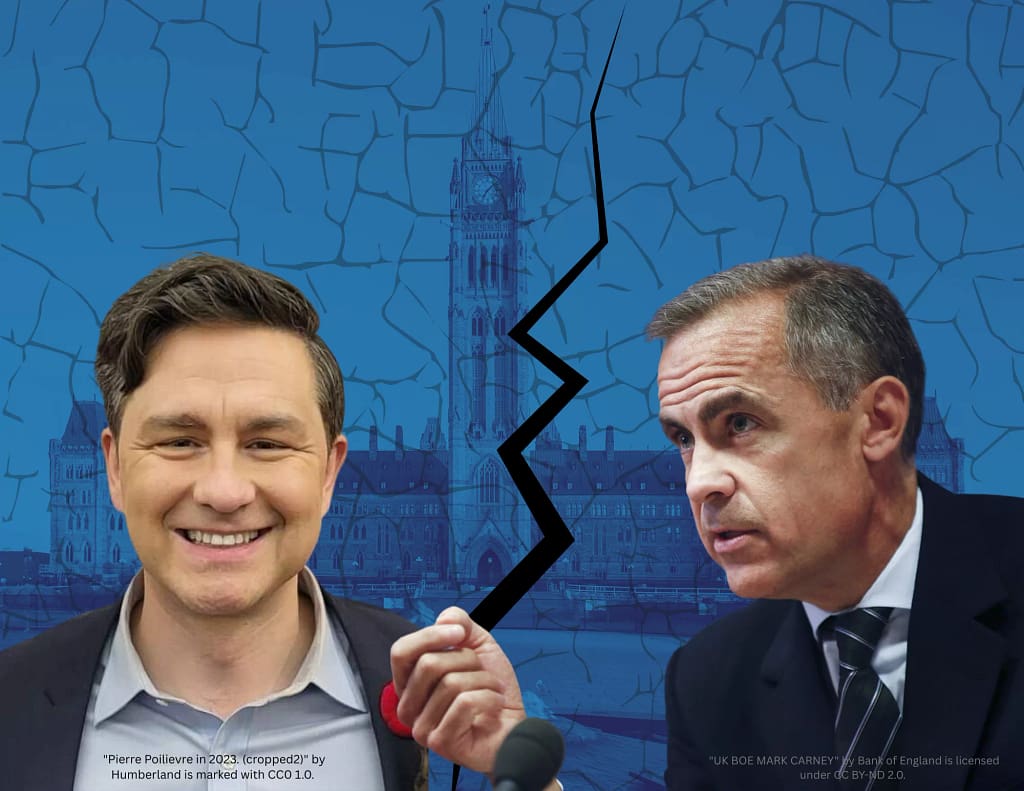Canada’s political landscape has historically been something other than a two-party system, with the Liberal Party and the Conservative Party often vying for dominance, but with significant influence wielded by parties like the New Democratic Party (NDP), the Bloc Québécois, and the Green Party. However, recent electoral trends and expert analysis suggest a potential shift towards a two-party system, raising questions about the future of Canadian politics.
The recent federal election results have amplified discussions about this potential transition. As Chantal Hébert noted during the CBC 2021 election night coverage, “I think this is what it looks like when you have a two-party system.” This observation stems from the significant gains made by the Liberals and Conservatives, who together garnered a substantial portion of both the popular vote and the seats in the House of Commons. According to The Maple, in the recent election, the two major parties secured 91% of the seats with 85% of the popular vote, a nearly 20% increase from the previous election and the first time since 1930 that both parties surpassed 40% of the vote share individually (The Maple).
This concentration of support raises concerns about the health of Canada’s multi-party tradition. Fair Vote Canada argues that the current first-past-the-post (FPTP) electoral system exacerbates this trend. They contend that FPTP encourages strategic voting, where voters choose a candidate they believe has the best chance of defeating a candidate they strongly oppose, even if that candidate isn’t their first choice. This often leads to voters coalescing around the two largest parties, squeezing out smaller parties and their diverse perspectives. As Fair Vote Canada states, “Moving closer to a two-party system is not the answer for our democratic deficit” (Fair Vote Canada).

However, experts caution against prematurely declaring the demise of Canada’s multi-party system. Laura Stephenson, a political science professor at Western University, told The Maple, “There are likely a lot of people who still really support the NDP or the Bloc or the Greens or whoever they might have voted for in the past who just this time around decided to make a different choice” (The Maple). This suggests that the recent election results might reflect a temporary consolidation of support rather than a permanent realignment of the Canadian electorate towards a strict two-party system.
The problem with a two-party system
One of the significant challenges of a two-party system is the potential for increased political polarization. With two dominant parties holding largely opposing views, compromise and consensus-building can become more difficult. Britannica notes that while a two-party system can moderate political strife by requiring parties to appeal to a broad range of voters, increased polarization can undermine this benefit (Britannica). Recent polling data cited by Fair Vote Canada reveals a growing animosity between Liberal and Conservative voters, mirroring the deep partisan divisions seen in the United States. “Recent Angus Reid polling revealed that 87% of Conservative voters think the Liberals are a ‘threat to their country’ and 84% of Liberal voters believe the same thing about the Conservatives,” they report (Fair Vote Canada).
Conversely, a multi-party system often fosters coalition governments, requiring parties to collaborate and negotiate to govern effectively. This can lead to more moderate and inclusive policies that reflect a wider range of voter preferences. Wikipedia highlights that a multi-party system “prevents the leadership of a single party from controlling a single legislative chamber without challenge” and “strongly motivate[s] the parties to work together to form working governments,” promoting centrism and discouraging polarization (Wikipedia).







